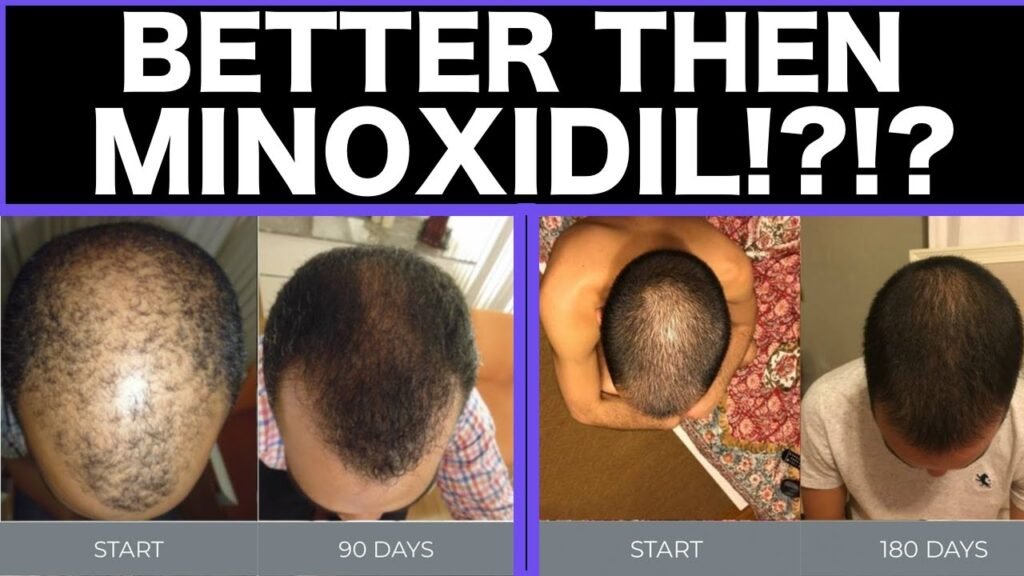Key differences between Natural alternatives to minoxidil
When exploring natural alternatives to minoxidil for hair growth, its essential to understand the key differences that set these options apart. One of the primary distinctions lies in the mechanism of action. While minoxidil is a vasodilator that works by improving blood flow to the hair follicles, many natural alternatives, such as rosemary oil and peppermint oil, are believed to stimulate hair growth by enhancing circulation and providing nutrients through their antioxidant properties. Additionally, these natural oils may offer anti-inflammatory benefits that support scalp health, potentially leading to improved hair growth.
Another significant difference is the side effect profile. Minoxidil, being a synthetic compound, may cause side effects such as scalp irritation, itching, and unwanted facial hair growth. In contrast, natural alternatives tend to have a milder side effect profile. For example, saw palmetto, a popular natural alternative, is generally well-tolerated, though it may occasionally cause mild gastrointestinal issues. This makes natural options more appealing to those who prefer a gentler approach or have sensitive skin.
The application methods also vary between minoxidil and its natural counterparts. Minoxidil is typically applied as a topical solution or foam, requiring daily use for effectiveness. On the other hand, natural alternatives offer more diverse application methods. Essential oils like lavender and rosemary can be diluted with carrier oils and used in scalp massages, while others, like pumpkin seed oil, can be taken as oral supplements. This variety allows individuals to choose a method that best fits their lifestyle and preferences, potentially increasing adherence to their hair care routine.


